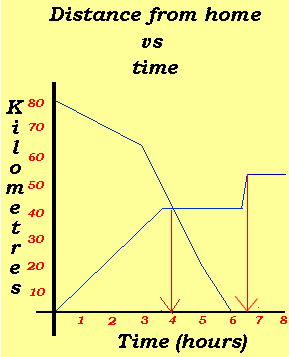 |
Jonathon
" As I was driving along I saw Irene speed past me at a very
fast speed" Jonathon "
I got back about 6.00pm " False
- Jonathon was back at the Base at 4.00pm, 6 hours after he left the
border at 10.00am. |

